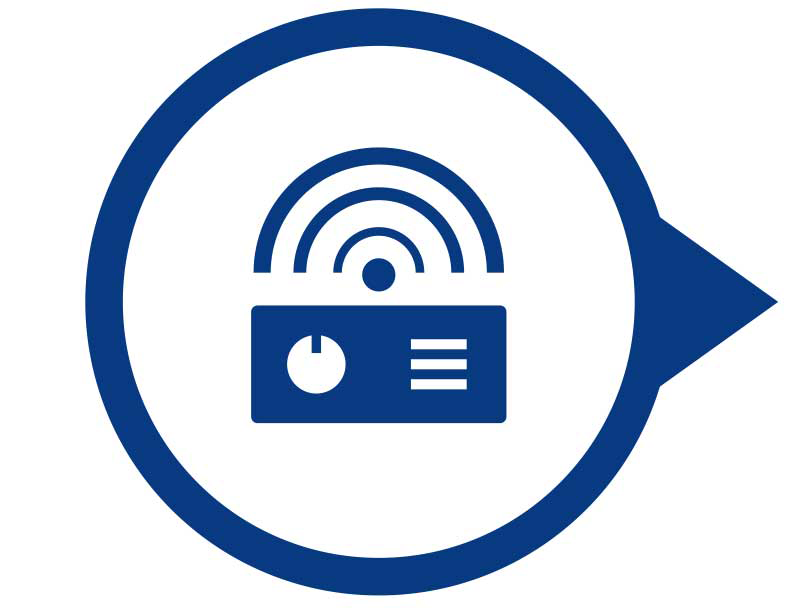Campus Shield
Campus Shield is the most reliable and effective system for reducing the time it takes to respond to a campus emergency. If you want to make your K12, college or university, hospital, hotel, or corporate campus the safest it can be, consider Campus Shield.


What makes Campus Shield superior to every other system on the market?
Dependable & Proven Technology
The backbone of the system is radio frequency (RF) technology, which is the same technology first responders use to communicate. It works under any and all conditions.
Simple & Easy to Use
Alerts are sent with a single press of a small hand-held device called a PAL (Personal Alarm Locator), similar in size to a key fob. Using Campus Shield’s proprietary software, PALs are assigned to specific individuals so first responders know who they are looking for.
Location, Location, Location
Once emergency personnel know someone is in distress, they need to know where they are. Campus Shield provides instant and accurate location information even in challenging environments such as multi-story buildings, large outdoor areas, parking garages, and underground areas. With Campus Shield, there are no dead-zones.
Campus Shield VS The Competition
Campus Shield
PROs
- Simple/discrete activation
- Instant & precise locating functionality
- Camera integration
- Dedicated network
- Effective indoors and out
- No dead spots
- Customizable to any campus
CONs
- Higher price point
- Longer installation period
Smartphone Apps
PROs
- Cost effective
- Easy to download to a smart phone
CONs
- Steps required to access app are nearly impossible under duress
- Requires reception
- Poor locating functionality
- Must be charged and accessible
WiFi Systems
PROs
- Relatively easy to install
- Utilize existing WiFi network
- Simple/discrete activation
- Cost
CONs
- Not designed for life/safety applications
- Subject to frequent network failures
- Will have dead spots
- Battery powered and difficult to maintain
- Will not work outdoors
- Limited by available bandwidth
A Campus Shield system includes:
|
Personal Alarm Locators (PALs)
|
Small handheld device that, when pressed, sends an alert to first responders. If the activator moves during the activation period, the system automatically updates their location.
|
|
A Head-End
|
A set of computers and monitors that present alarm information in local police dispatch or campus safety offices. For redundancy, we install 2 head-ends.
|
|
DADs, EDADs, LARDs, BARDs, RBASEs, and BASEs
|
These components are manufactured by National Protective Systems in our New Jersey factory, and are the various radio frequency receivers and transmitters that pick up and send PAL alerts to first responders.
|
|
Admin Computer
|
This system allows the customer to update/change PAL holder profile information, track PAL inventory status, and run system use reports.
|
|
Text Messaging
|
When a PAL is activated, text messages containing alert information are automatically sent to a distribution list.
|
|
Camera Integration
|
In addition to PAL holder profile and location information, Campus Shield can also present feeds from the surveillance camera(s) closest to the alarm location at the head-end.
|
|
Alert Computer
|
This is similar to the head-end and is useful if there is a need to mobilize or notify teams in different locations.
|
Additional features
|
Text Messaging
|
When a PAL is activated, text messages containing alert information are automatically sent to a distribution list.
|
|
Camera Integration
|
In addition to PAL holder profile and location information, Campus Shield can also present feeds from the surveillance camera(s) closest to the alarm location at the head-end.
|
|
Alert Computer
|
This is similar to the head-end and is useful if there is a need to mobilize or notify teams in different locations.
|
WHAT IS CAMPUS SHIELD and how does it work?
Campus Shield is a radio-frequency (RF) technology panic button system that allows individuals to instantly and easily alert first responders to an emergency anywhere on campus. The key-fob sized panic button or PAL (personal alarm locator) travels with individuals on a lanyard or in a pocket. It works indoors and out. There are no dead zones, and it provides accurate location information whether the person in distress is in a basement, first floor classroom or third floor bathroom.

The system is activated by pressing a small, handheld device called a PAL. PAL activation is simple and discrete. People typically keep their PAL in a pocket or on a lanyard. Each PAL is assigned to a specific user, allowing first responders to identify the individual in distress.

Once a PAL is pressed, monitors at the head-end display a picture of the PAL holder, profile information, as well as the location of the emergency. If the PAL holder moves during activation, their location updates automatically at the head-end.

Monitors at the head-end display a picture of the PAL holder, profile information, as well as the location of the emergency. If the PAL holder moves during activation, their location updates automatically at the head-end.

Campus Shield is the fastest most reliable way to mobilize a response to a campus emergency.
